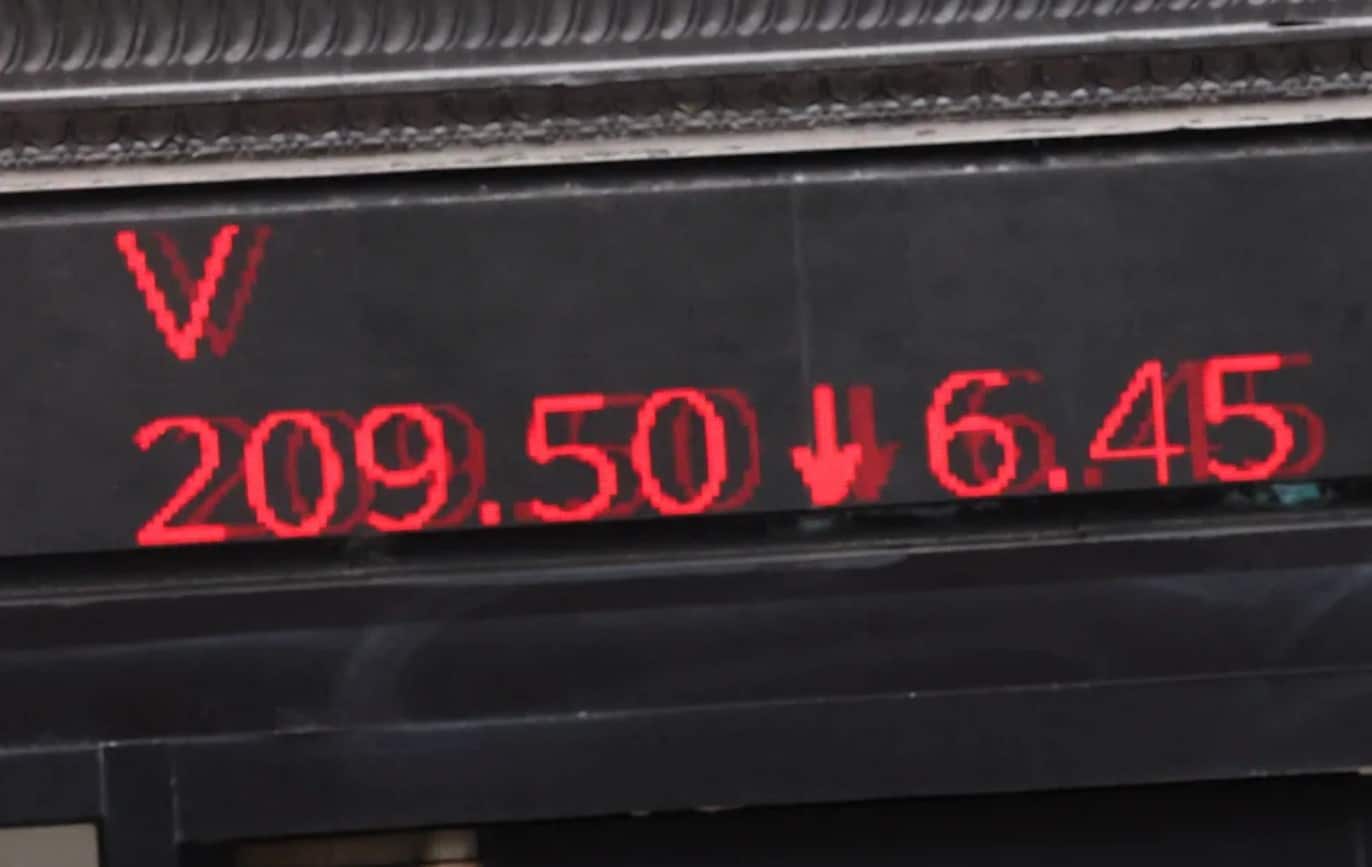Before Russia invaded Ukraine, there had been quite a bit of research circulating that concluded the impact of such an event to the U.S. stock market would be limited.
LPL Financial’s Ryan Detrick looked back at 37 major historical and geopolitical risk events. Generally speaking, the hit to the S&P 500 tends to be relatively light and the volatility tends to be relatively short-lived.
“The combined revenue exposure of the S&P 500 to Russia and Ukraine is about 1%,” FactSet’s John Butters found.
With all of this information already out there, why have markets been selling off so aggressively?
One explanation could be that markets were just a little too complacent with regard to geopolitical risks tied to Russia and Ukraine.
According to a Deutsche Bank survey published earlier this month (cited by Bloomberg’s Lisa Abramowicz), “only 7% of respondents thought that the Ukraine/Russia conflict would be a major influence on markets in 2 months’ time.“
Bank of America recently found that fund managers considered central banks, inflation, asset bubbles, and recessions as bigger risks than what’s happening on the Ukrainian border. This was according to a survey conducted in February. This particular risk wasn’t on anyone’s radar in January.
Investors have been preoccupied with too many active risks (e.g., rising interest rates, high inflation, tighter monetary policy, and the pandemic) to be concerned with something that might not happen.
However, the most destabilizing risks to markets tend to be the ones investors aren’t concerned about. (Read more here.)
While it continues to be the case that experts think the risks will be limited, no one can actually say that with a high degree of certainty as turmoil in Ukraine is an ongoing problem.
“A Russian military action would likely add to general market nervousness,” Fidelity Investments’ Dirk Hofschire said on Tuesday, before the invasion. “Current stock market volatility is reflecting a variety of investor concerns, so another source of uncertainty and disruption wouldn’t help.”

